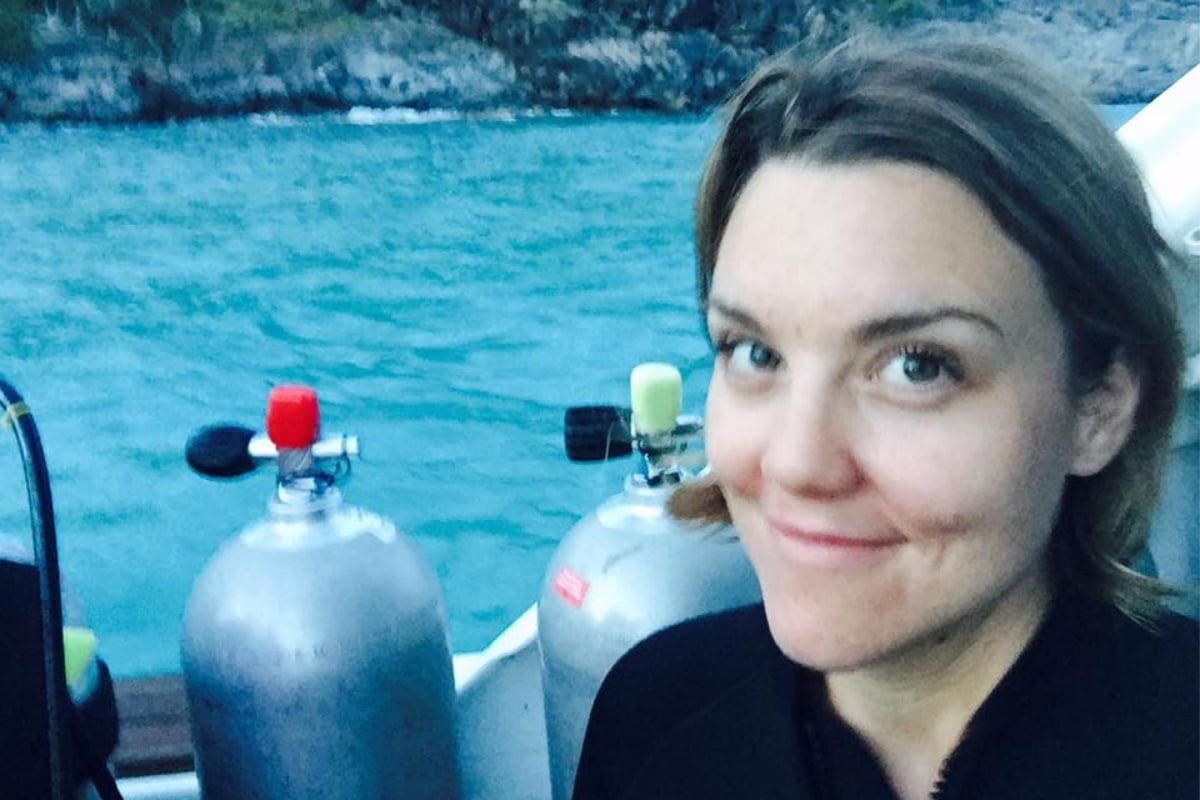
At about midday on September 16, 2008, Hannah Upp was floating face down in water in southern Manhattan, New York. Two men who worked on the ferry deck nearby were directed to rescue the woman after she was spotted by a captain, and hoisted her up as she heaved for air.
Had they spotted her just minutes later, it could have been a very different story.
She was alive, but needed hospitalisation due to suffering from hypothermia, dehydration and severe sunburn on one side of her body.
Hannah Upp had been missing for three weeks.
"Teacher, 23, disappears into thin air," one headline from Daily News read on September 5, 2008–11 days before she was eventually found.
In late August, the 23-year-old school teacher had left her New York City apartment to go for a run. When she was rescued from the water, she said going for a jog was the last thing she remembered. While in hospital, it took time for her to reconcile with the fact that 20 days had passed since then. She simply had no memory of it.
"It was as if the city had simply opened wide and swallowed her whole," the New York Times wrote about her 2008 disappearance.

